Gemstones: A Guide To Jewellery
30/12/2021 2021-12-30 12:34Gemstones: A Guide To Jewellery
Gemstones have been desirable since ancient times, and are as appealing to us here and now as they were to our ancestor’s generations ago.
Since most jewellers set their stones by hand, it’s possible that alternate stones can be set into your chosen design. For instance, if you see a ring or a piece of jewellery with one type of gemstone, but would prefer another, it may be possible for us to do this for you. Find out about jewellery made just for you.
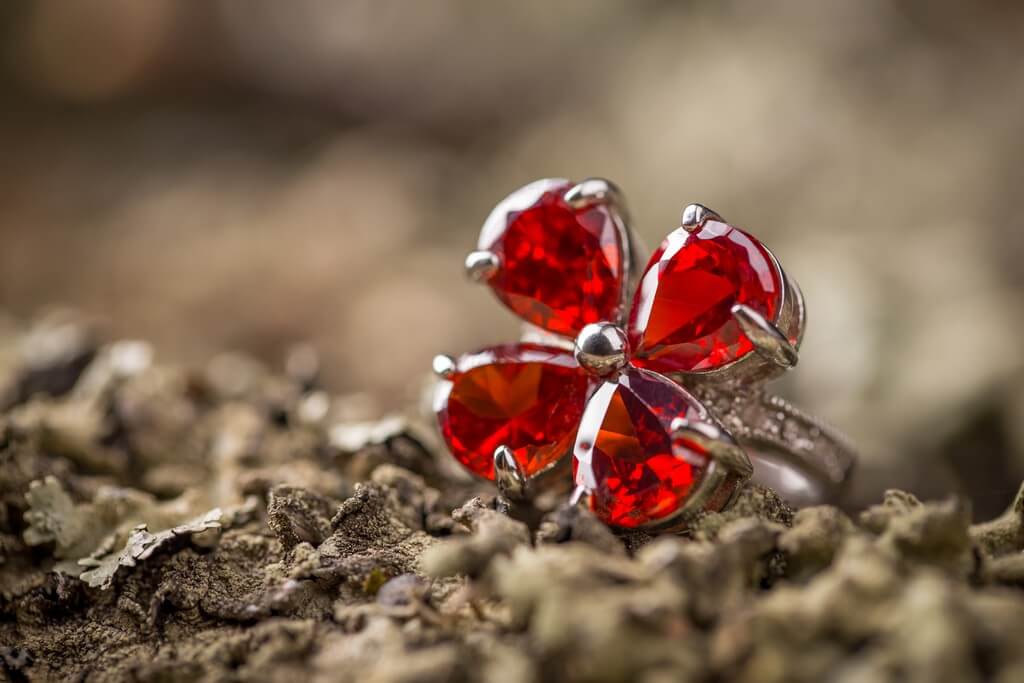
Most gemstones can be safely dipped in silver dip or gold dip, but not pearls and great care should be taken when drawing jewellery set with opals, for else tips see our looking out for your Jewellery attendant.
The Four Precious Gemstones
There are only four stones in the world classified as precious gemstones and we are proud to say we use them all in our jewellery and rings. The “Big Four” are:
Diamond
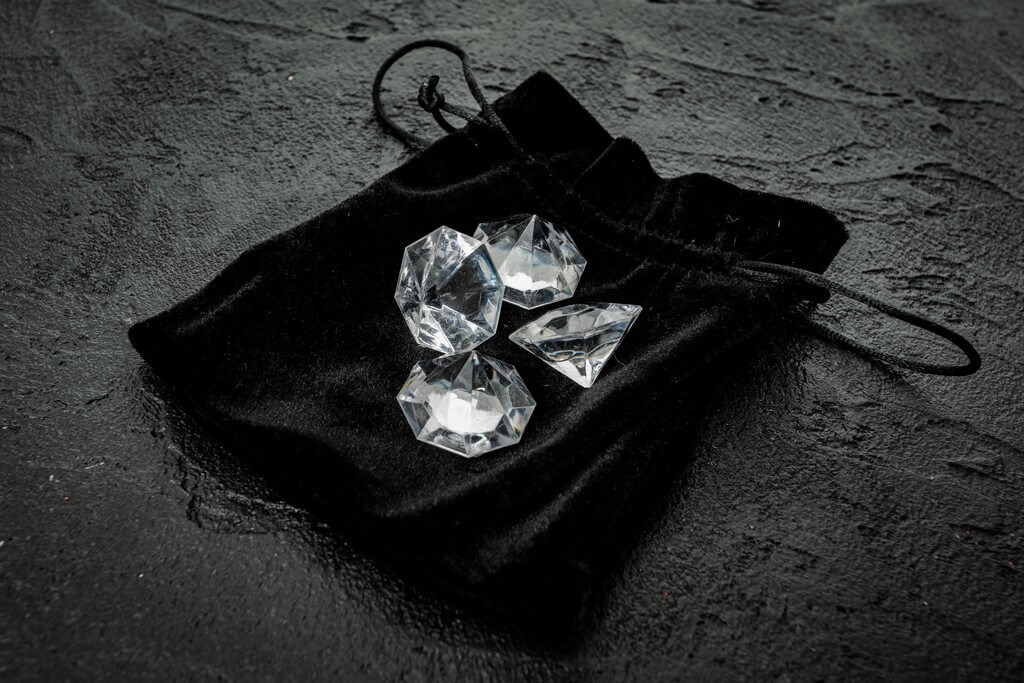
Diamonds, reputedly a “ girl’s best friend”, are the hardest naturally changing material known to man. They’re one of the most treasured stones in the world and point explosively in Sheila’s Engagement Rings, Ring Sets and Eternity Rings as well as numerous of her jewellery collections. Our Companion to Diamonds has further information about the Cut, Clarity, Color and Carat of the diamonds we use.
Blue Sapphire
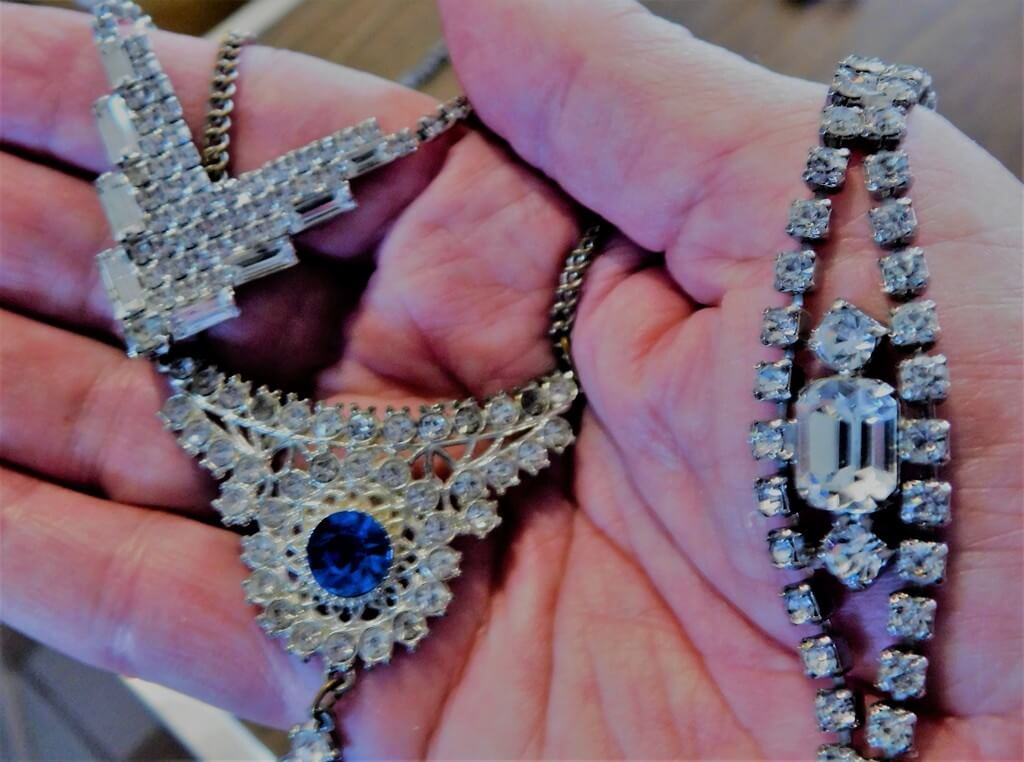
After diamonds, sapphires are the coming hardest rock and one of the most precious. Sapphires belong to the corundum family of rock minerals, which befall in multiple colours. All colours, other than red corundum, are known as sapphires, with a blue sapphire being the most coveted indeed though other colours may be rarer. Sapphires are stunningly set in white gold, similar to Sheila’s Celtic Trio Ring.
Red Ruby
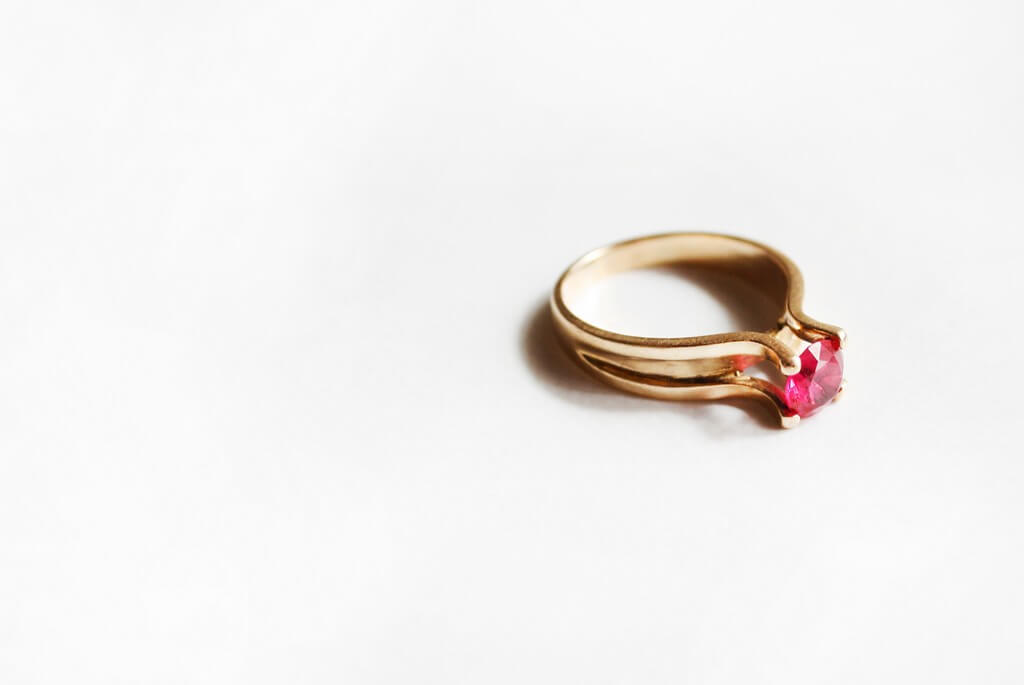
Ruby, known for its bright red colour, is a variety of the corundum mineral. All other kinds of the mineral are sapphires. Like sapphires, rubies are alternate only to diamonds in their hardness and brilliance, but they’re rarer than both diamonds and blue sapphires. Sheila’s Celtic Knotwork Ring in 18ct yellow gold is hand- set with a ruby in our Orkney factory.
Green Emerald
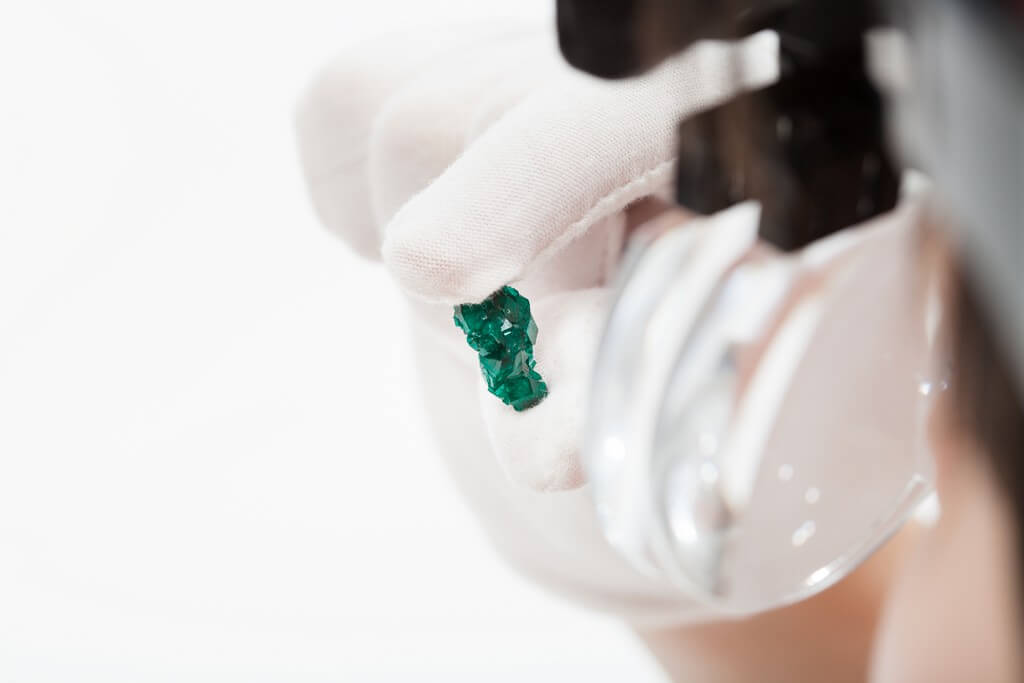
These plushly coloured stones belong to the beryl group, which also includes aquamarine. Emerald’s alluring green colour is unique and unequaled in all other gemstones due to eliminations that make each stone unique. Along with high quality diamonds, blue sapphires and red rubies, the green emerald is one of the “ big four”. Unlike the other three, still, emeralds are more fragile and exposure to intolerable moistness should be avoided.
High Value Semi-Precious Gemstones
Pink Sapphire
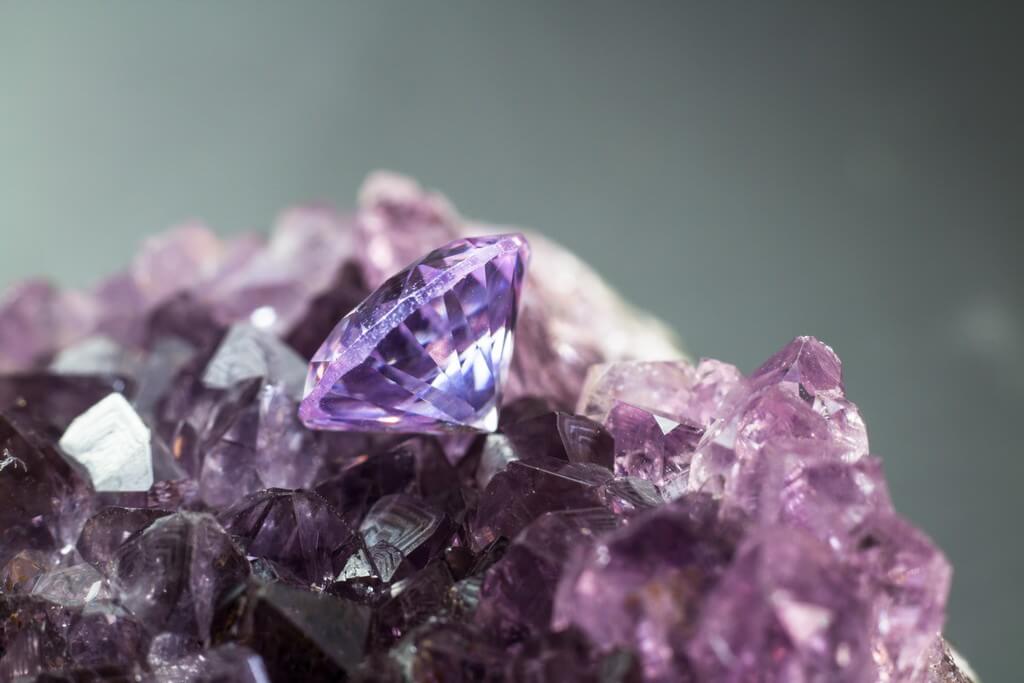
Like the blue sapphire, pink sapphires belong to the corundum family. While blue sapphires and red rubies have traditionally been recognised as the most desirable gems, the pink sapphire is double-quick gaining in fashionableness and demand. It’s here and there described as a “ Pink Ruby” and the division depends on how the colour is rated. If defined as a red rather than a pink it’ll be classified as a ruby rather than a pink sapphire. It’s a beautiful stone and its lower profile means it’s additional affordable. Our Venus Solitaire Ring can be set with a pink sapphire.
Tanzanite
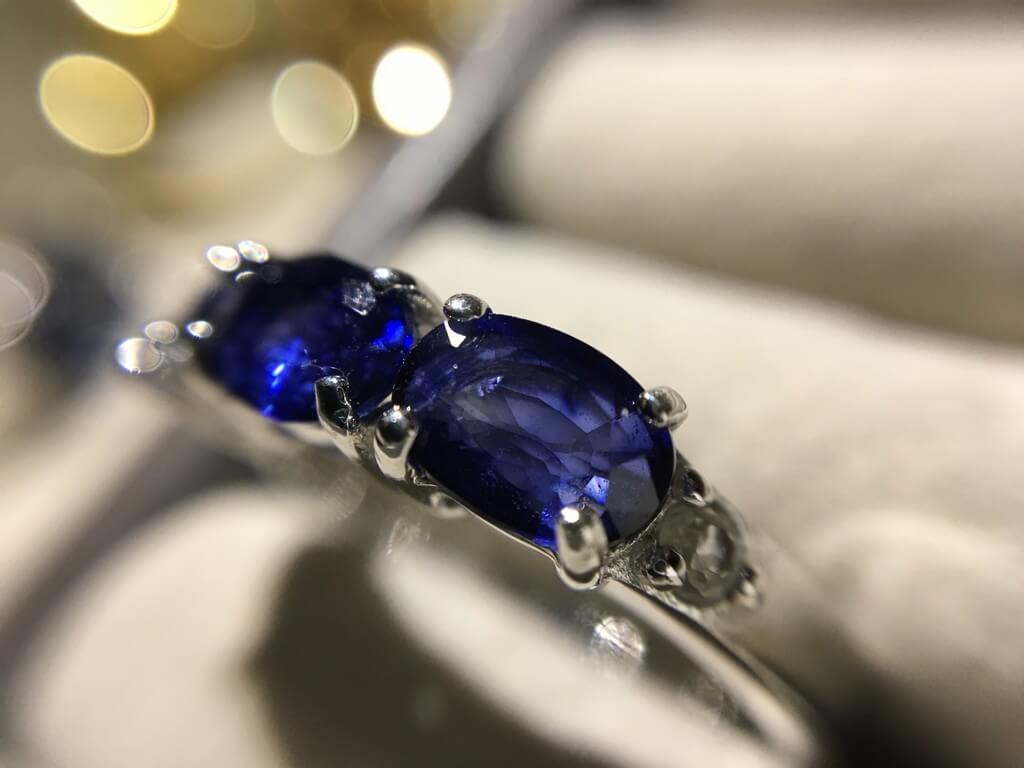
A rare stone with a deep high-flown sparkle, tanzanite is one of the newest gemstones available in jewellery and was discovered as recently as 1967. All tanzanites used in jewellery come from a single mine in the Merelani Hills in Tanzania. Tanzanite is not as hard as the “ big four”. This alone prevents it being classified as a precious stone, although it’s as rare if not rarer, largely sought later and beautiful. We’re proud to use the uppermost quality tanzanite in Sheila’s designs, like the beautiful Swirl Ring in white gold set by hand with a tanzanite and diamond.
Opal
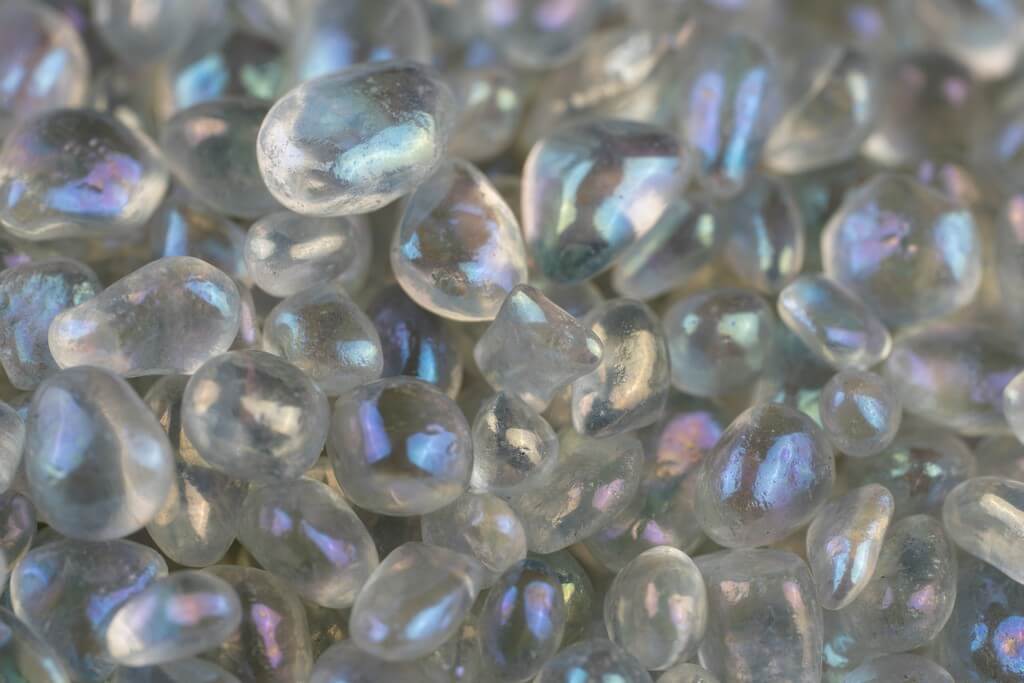
A captivating,multi-coloured stone. Both solid white opal and black triplet opal are used in Sheila’s designs. Solid opals are formed from a single opal stone and continually feature a fabulous play of colour as the internal structure of the stone diffracts light. They can feature pink, red, orange, unheroic, green and blue tones through to white.
Black triplet opals aren’t solid opal stones, but a cord of three layers of stone. Our triplets have a place of dark coloured onyx at the bottom, a middle place of opal and a top tier of quartz. The dark onyx highlights the play of colour in the opal, and the quartz on the top protects the opal. Combinations of green-blue, red-blue or blue-red- verdure can continually be seen.
Our Moonlight collection in gold features solid white opals. Black triplet opals are also available on request, but they’re more onerous to match if choosing a set of jewellery.
Semi-Precious Gemstones
Topaz
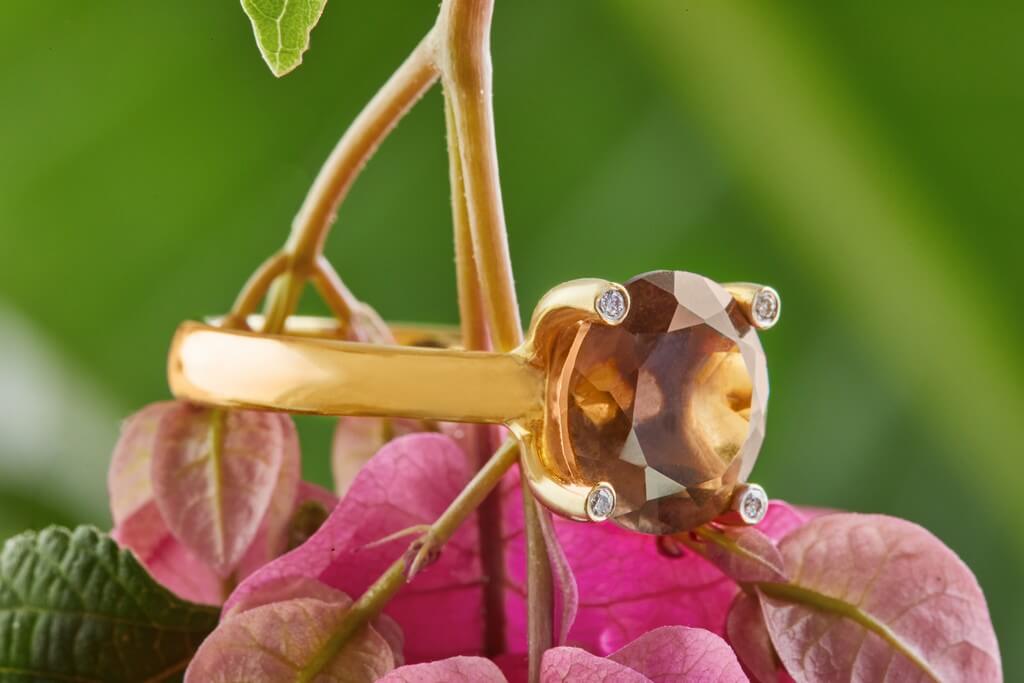
Topaz is one of the world’s most popular coloured gemstones. It’s a hard gemstone with excellent clarity offering extremely good value for capitalists. Sheila’s designs use blue topaz of which there are three different types: Sky Topaz is a pale blue stone, Swiss Topaz is an intermediate bright blue and London Topaz is a darker blue. The bright Swiss Blue Topaz, suggestive of a blue ocean, is the type used in our designs.However, and in her Tidal pendant and earrings, If you like blue topaz Sheila has incorporated it in collections akin as Reef Knot.
Peridot
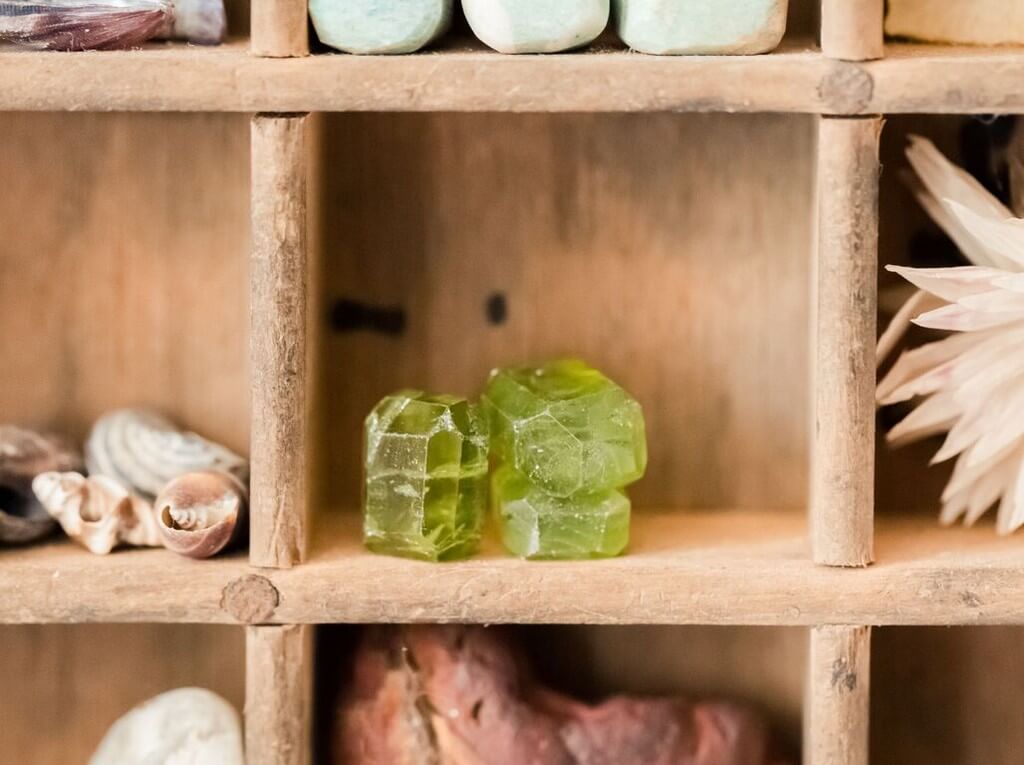
Peridot belongs to the olivine group of stones and, unlike supreme other gemstones, are an “ idiochromatic” gem meaning its colour comes from the chemical composition of the mineral itself and not from contact with external stuff. As a result, peridots are inaugurated in colors of one colour only green. They refract light wonderfully and have a lively, contemporary, more or less lime-green colour, which tones beautifully with yellow gold. They’re growing ever more popular and Sheila uses them in a variety of designs. You can find peridots throughout the Rowan collection in 9ct yellow gold, as well as Sheila’s Matrix Ring. If there is a particular design you would like to set with a peridot.
Garnet
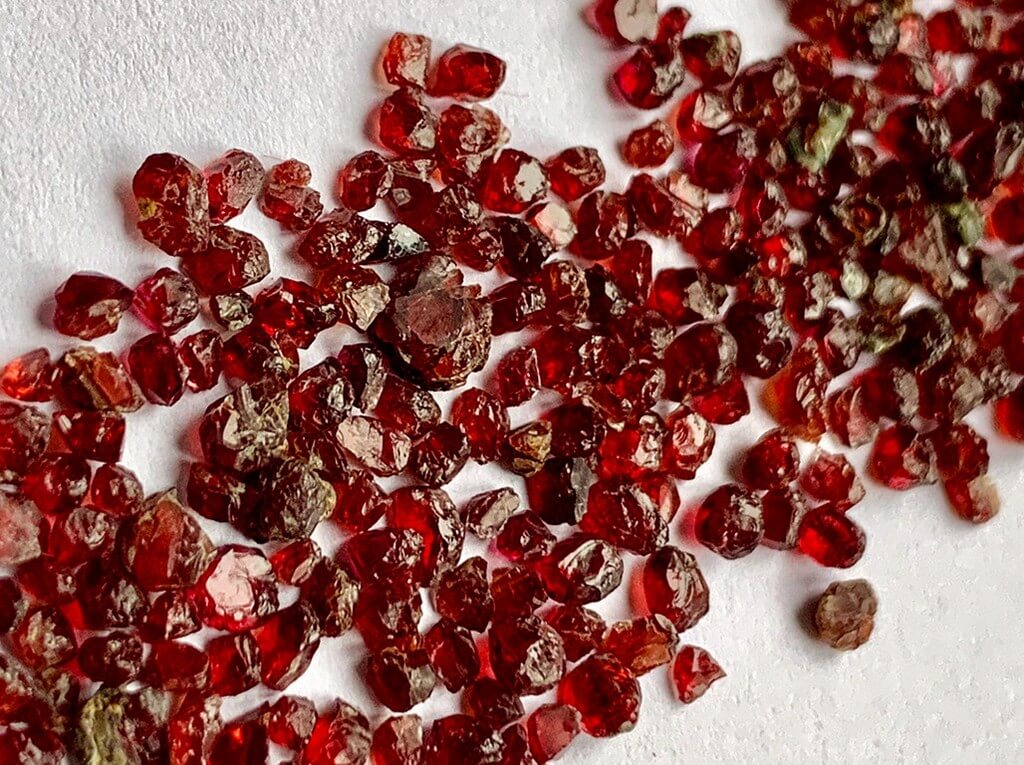
Garnets are extensively known as a deep red gem. The name “ garnet” derives from “ gernet”, which is old English for “ dark red” and “ granum”, the Latin for “ grain or seed”. This may be a reference to the pomegranate whose pictorial red seeds can look analogous to some garnet chargers. Garnet is also plant in other colours but it’s the beautiful claret-red variety that Sheila has used in her tableware Garnet Cathedral collection.
Rhodolite
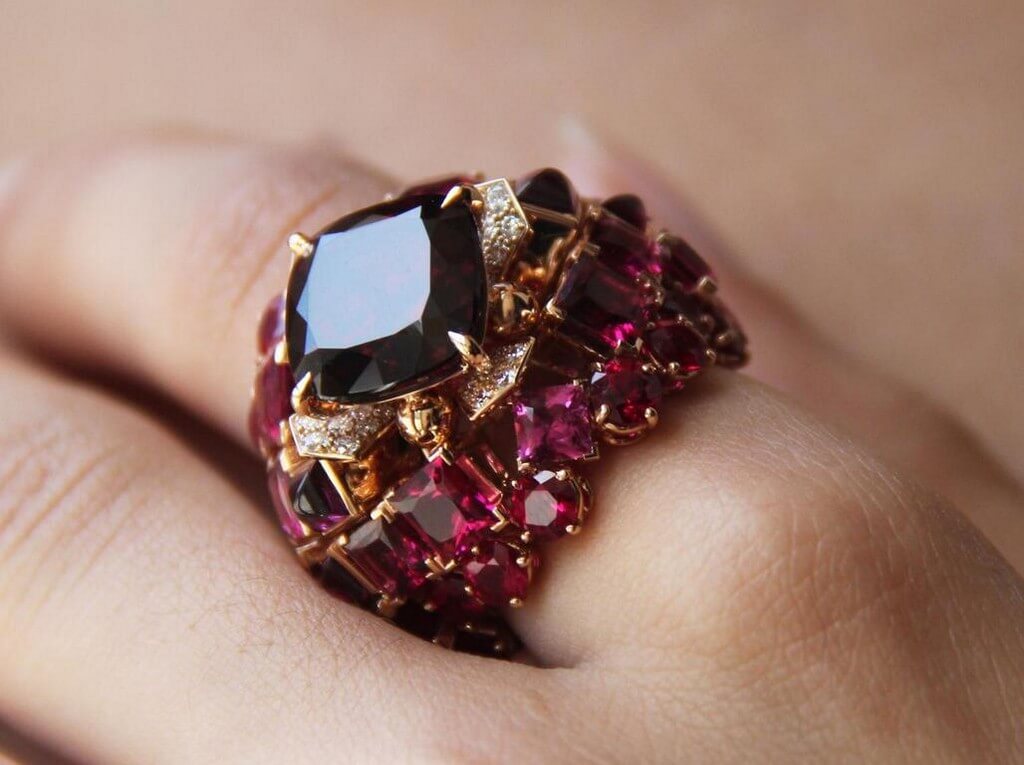
Rhodalites belong to the garnet group and are also known as Rhodolite Garnet. They tend to be lighter in colour than a garnet — a more pink-red or rose shade — and are frequently regarded as an advanced- quality rock as it has further sparkle. We use rhodolite in Sheila’s Celtic Knotwork Ring but we can set the rock in indispensable designs on request.
Moonstone
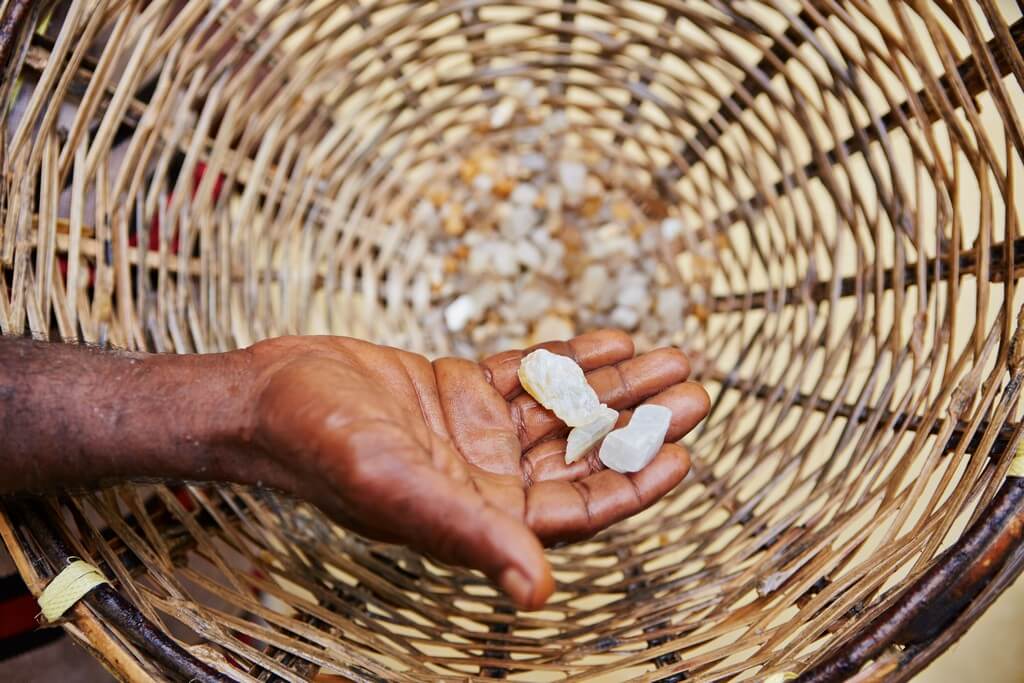
Like opals, moonstones diffract light and this visual effect gave rise to the stone’s name. Moonstone has been used in jewellery and rings since ancient times and is associated with the power and conundrum of the moon. We corroborate the top grade moonstone colour known as fine blue and this is one of Sheila’s favourite monuments. Sheila uses moonstone to embellish her designs like driblets of water. It graces her popular Morning Dew, Moonlight, Rowan and Wild green collections.
Pearl
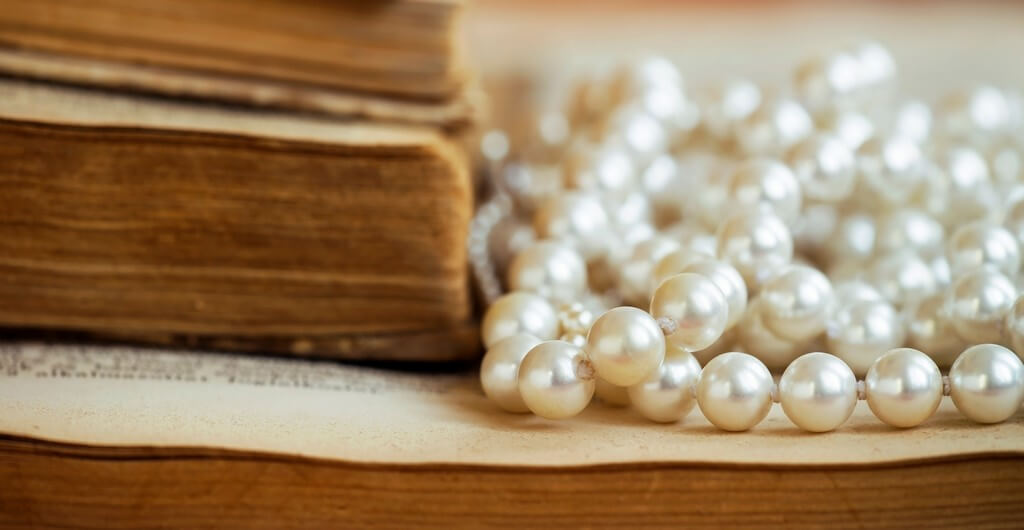
Pearls are created within molluscs and are celebrated for their lustre and the way light reacts with their outside. We use pure pearls from non-saline mussels in Sheila’s designs. Take a look at Sheila’s lovely Lunar Pearl collection which incorporates pearls in silver and gold.
Care must be taken when gutting pearls and they should never be placed in silver dip. Have a look at our looking out for your Jewellery guard for else information.
Hematite (Haematite)
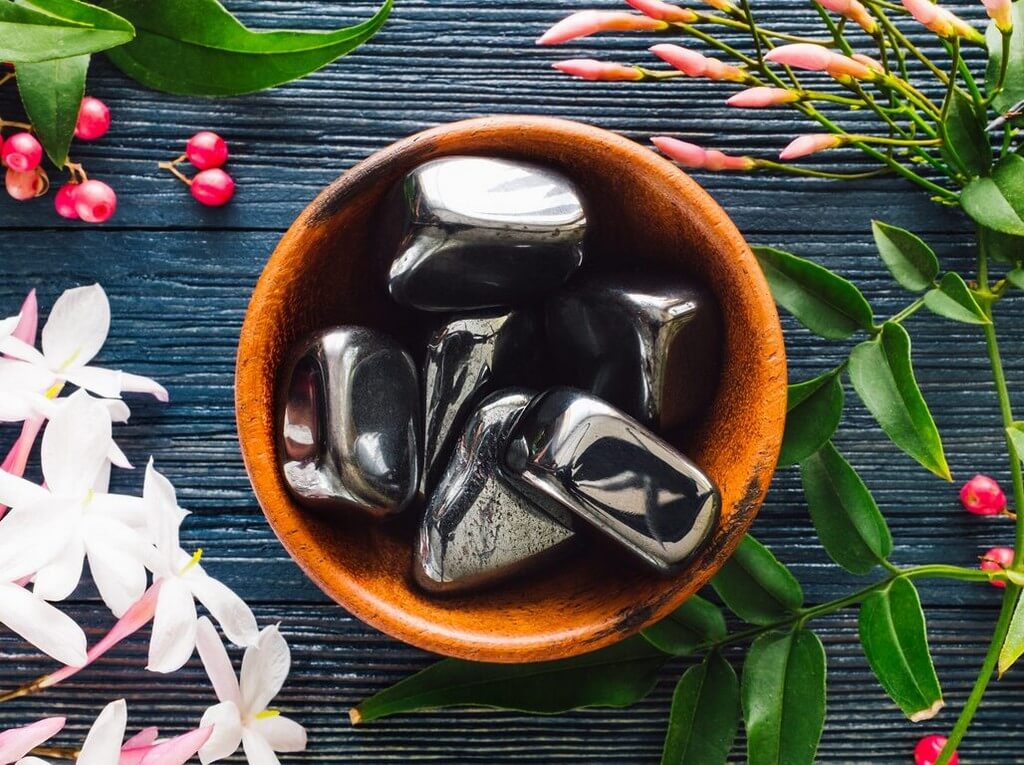
A mineral form of iron oxide, this stone is red when cut or crushed, and its name comes from the Greek for “ blood”. Unlike other precious and semi-precious stones, hematite is opaque and doesn’t diffract light. Its exterior has a majestic metallic shine and it can look parallel to silver when polished. Sheila has used polished hematite stones in several pieces inspired by Orkney’s history comparable as her Ogham cufflinks, Runic torque charm and gallant Celtic penannular brooch.
Onyx
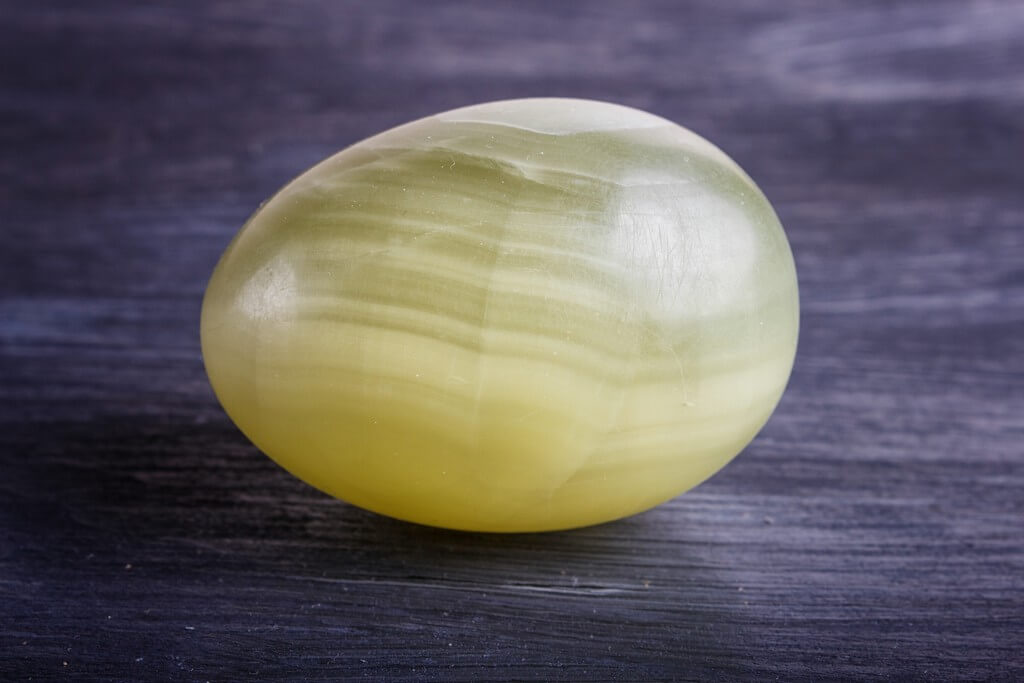 This stone is scientifically known as streaked chalcedony, which is a form of silica containing quartz. Onyx occurs in multiplex colours, specifically black, white and red, but when red it’s known as sardonyx. It becomes wonderfully beaming when polished and is used to great effect in Sheila’s Orkney Celtic Connection.
This stone is scientifically known as streaked chalcedony, which is a form of silica containing quartz. Onyx occurs in multiplex colours, specifically black, white and red, but when red it’s known as sardonyx. It becomes wonderfully beaming when polished and is used to great effect in Sheila’s Orkney Celtic Connection.
Amethyst
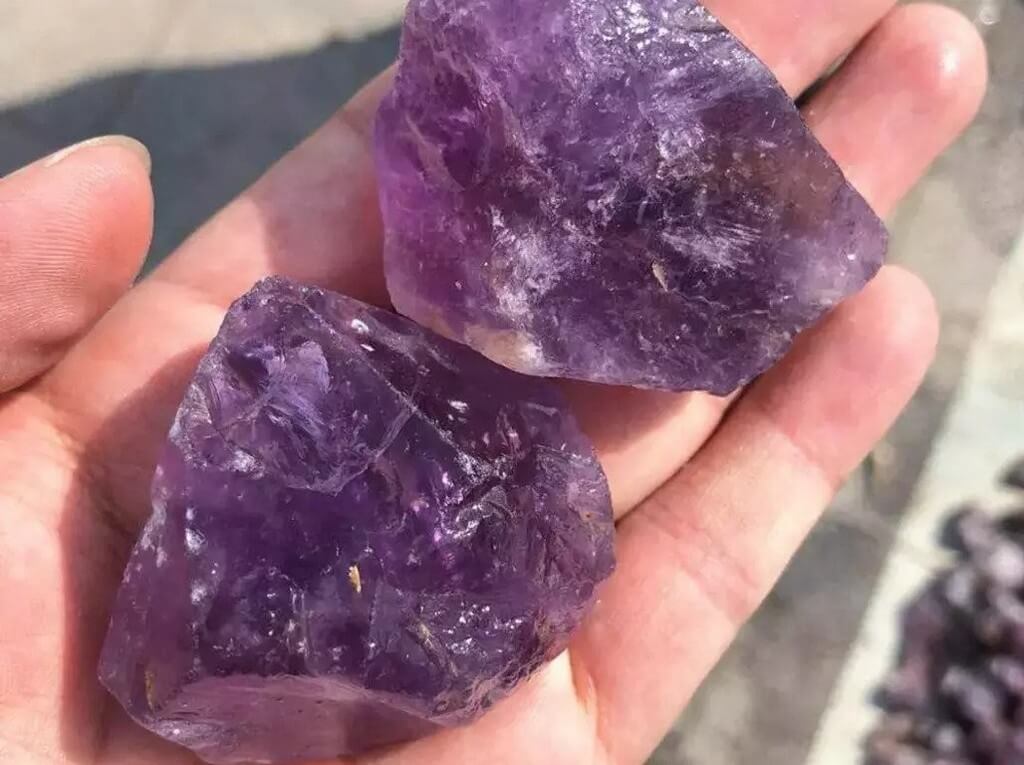
Amethyst is the high-sounding variety of crystalline quartz, with colours ranging from pale lilac through to deep blood red purple. Unlike multiple gems, amethyst is readily available in larger sizes and, due to this, indeed larger stones are comparatively affordable. These vibrant stones have been used in jewellery throughout history and Sheila has set amethysts in jewellery inspired by tradition. Take a look at the Celtic Trio collection, Thistle collection and Sheila’s Ogham kilt leg.
Citrine
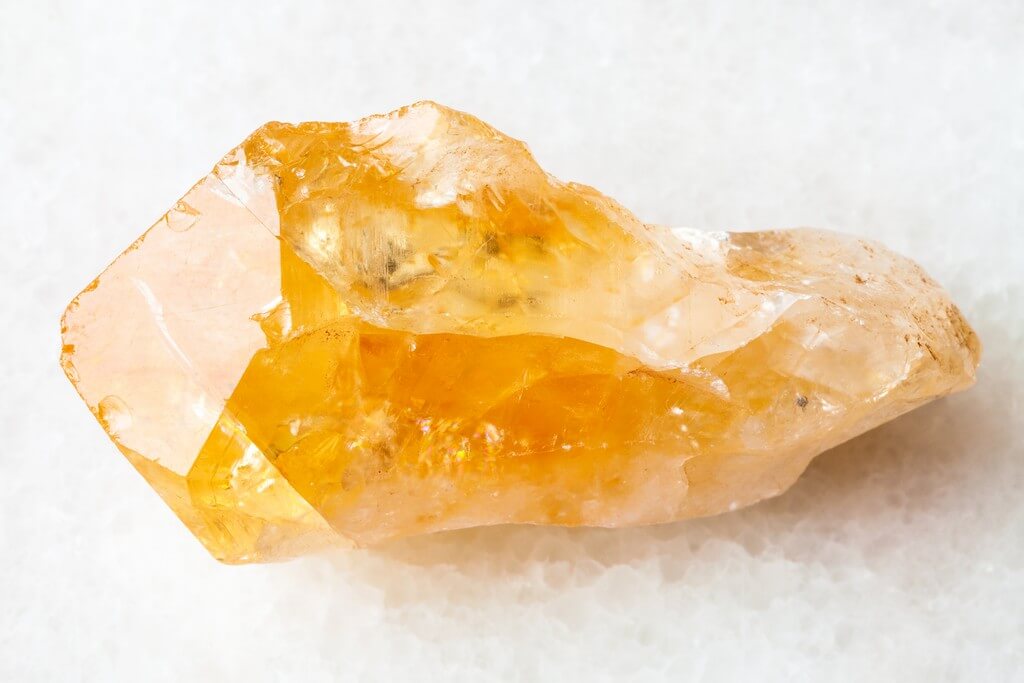
Citrine varies in colour from yellow and gold through to orange-brown tinges. They’re the yellow variety of crystalline quartz and are the most popular quartz after amethyst. Like amethyst, citrine is an affordable gemstone and is also available in larger sizes. This gemstone looks striking set in both silver and gold. Take a look at Sheila’s Ogham cufflinks and Tidal pendant.
Tourmaline
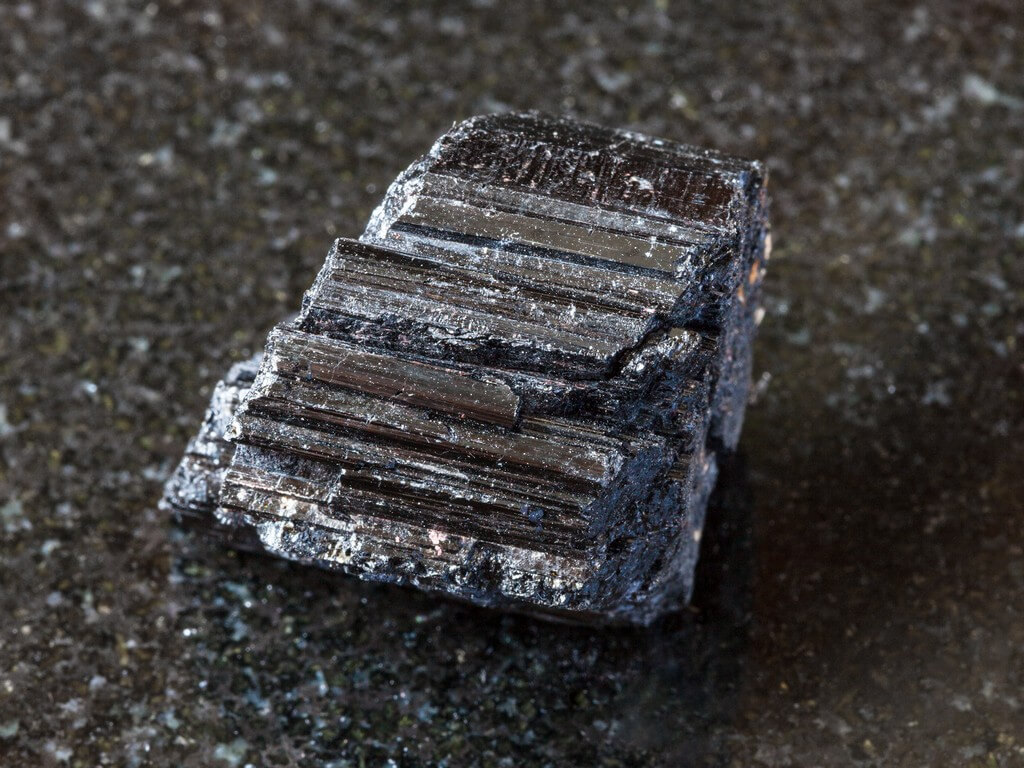
Tourmaline appear in additional colours than any other gemstone. They can produce a full stretch of colours from colourless to black, and every tone from washed-out colors to dark shades. oftentimes another than one colour is visible in tourmaline. Sheila’s silver Celtic Knotwork Ring is set with a pink tourmaline.
Cubic Zirconia
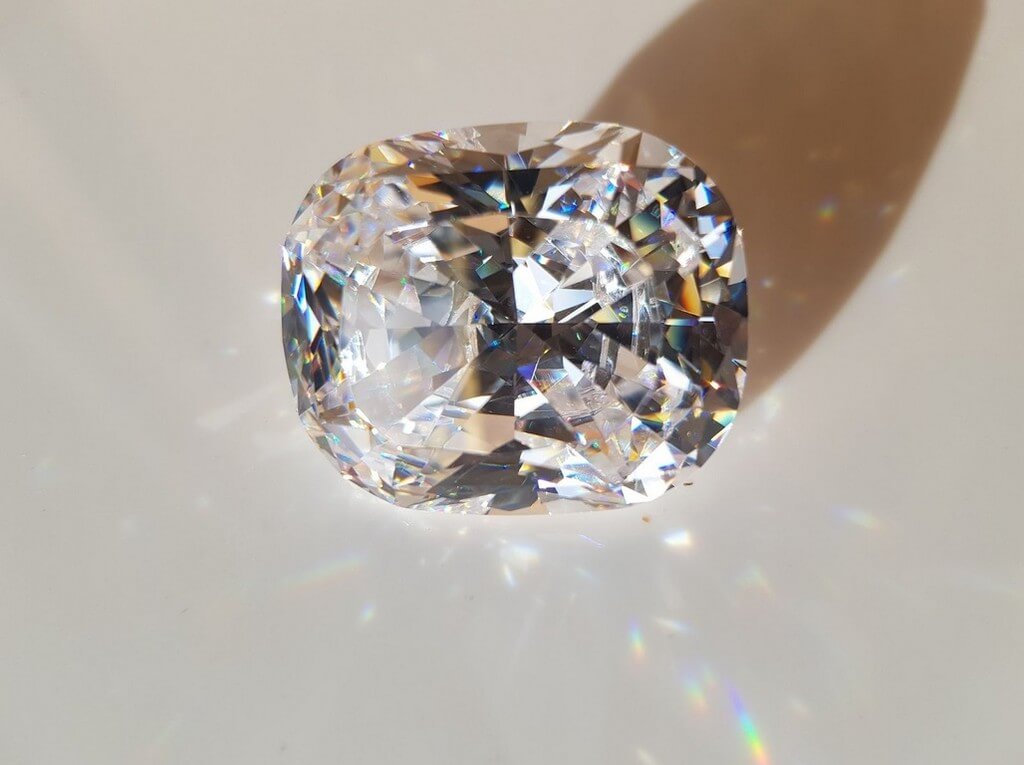
Cubic Zirconia is a bright stone oftentimes set in silver as a genuinely affordable liberty to diamond. This stone is also known by its initials CZ and is the only stone we use that has been produced synthetically rather than by nature. We use European cubic zirconia, which are glowingly and of a progressive quality than normal mass-market CZ stones. Like diamonds, they come in different colours and we offer lilac, pink and light blue. Take a look at Sheila’s rings set with cubic zirconia.
Gemstones are quite often in many jewellery designs, especially made for special occasions such as weddings. Understanding the composition and importance of these gemstones, can bring about the right usages of them in various jewelleries. At JD Institute of Fashion Technology Bangalore, the jewellery courses offered are structures to educate the students on the various types of gemstones and their right usage on various types of precious metals.













